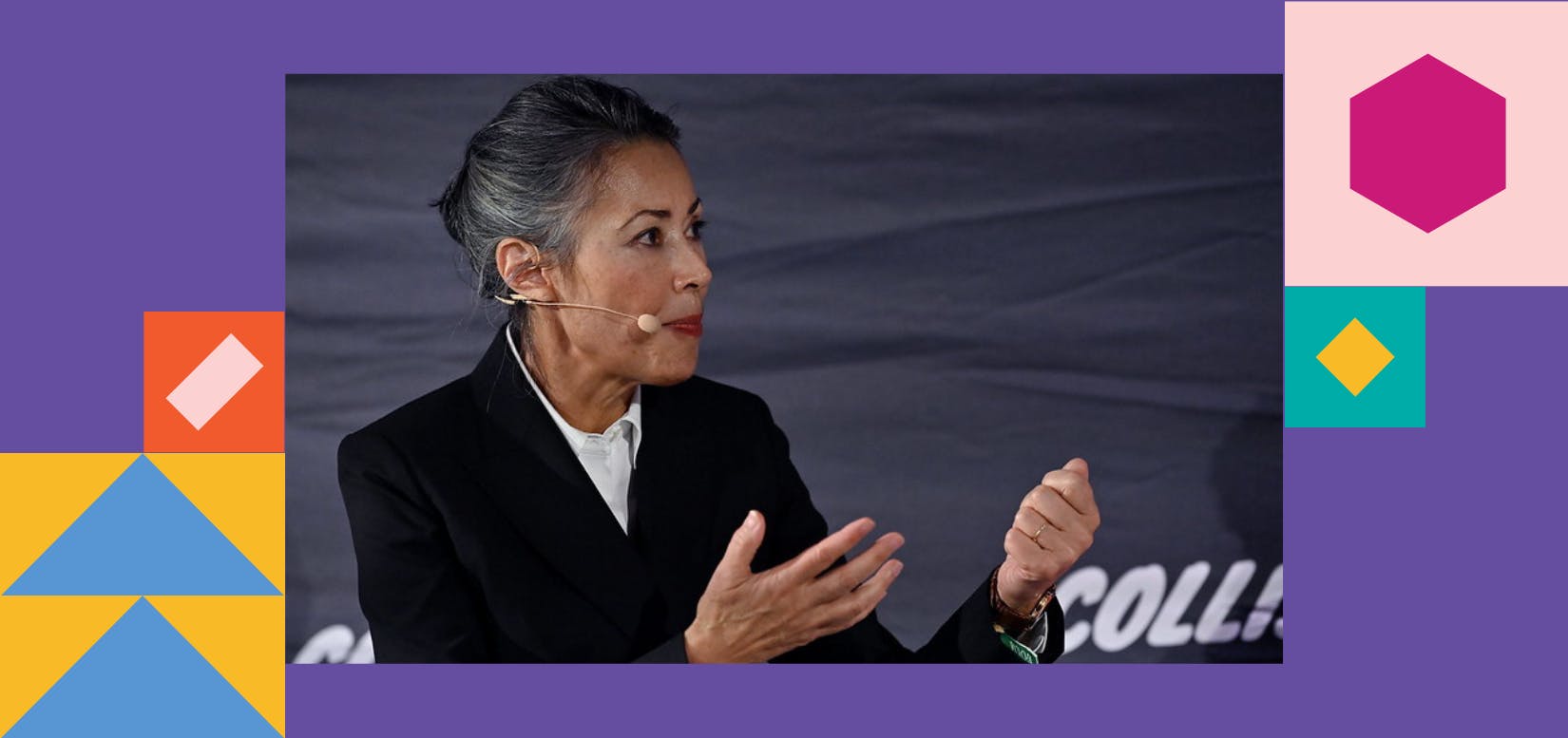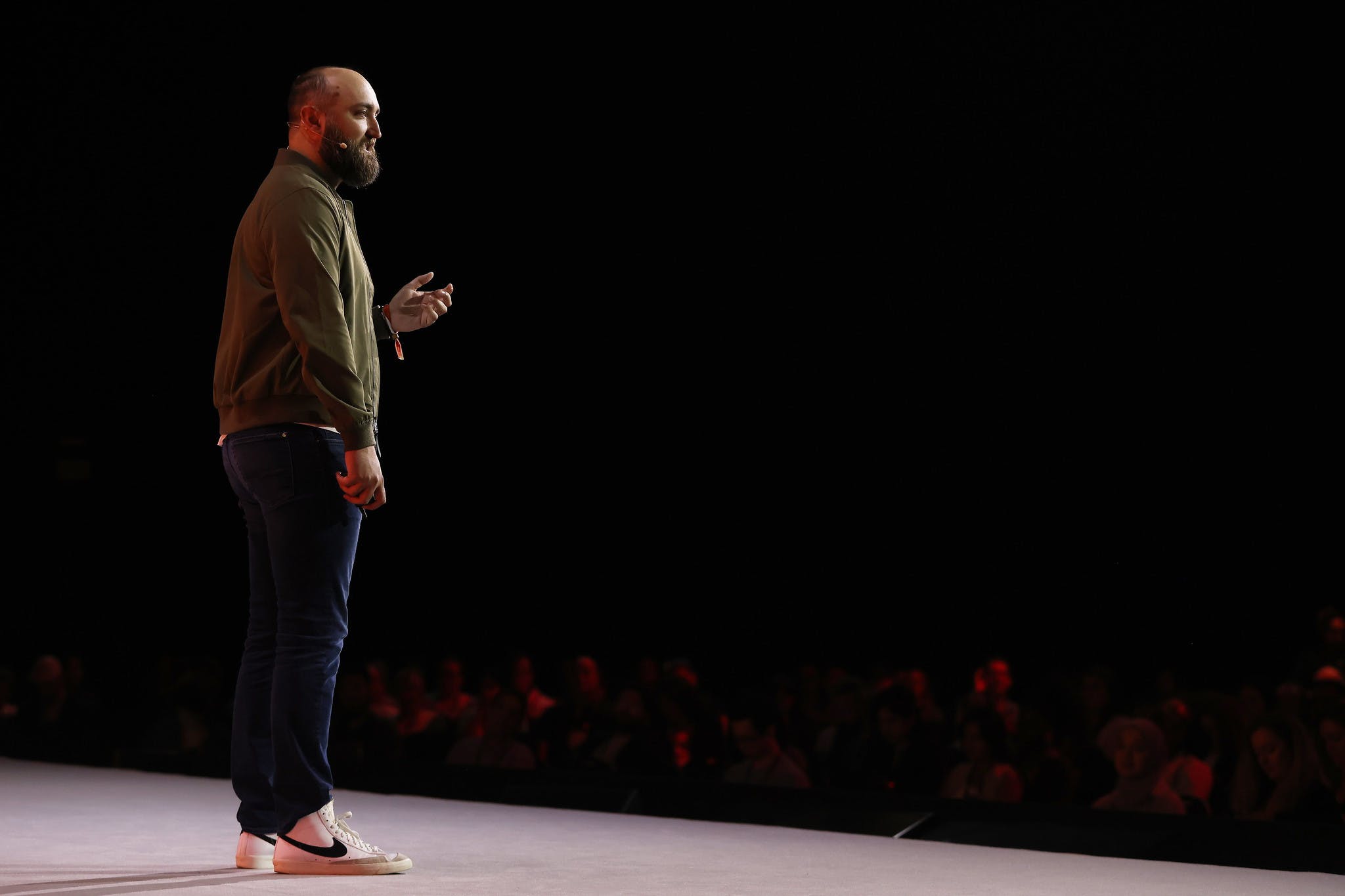
5 ways journalism can fix itself

Traditional journalism is fighting declining levels of trust and online misinformation to keep its audiences. Wired’s global editor-in-chief Gideon Lichfield, journalist Ann Curry and others give advice including embracing disruption, catering to the middle ground, and avoiding the temptation to pander to clicks.
In an increasingly polarised and fragmented media landscape, modern journalism needs to perform a delicate balancing act in order to survive.
On one hand, newsrooms must be prepared to innovate and experiment with alternative revenue models and ways of reaching audiences. On the other, it’s more important than ever to follow traditional ethics and standards around fact checking, sources, and news values.
Here are five changes that could help the industry.
1. Embrace relevant trends
More and more, journalists are beginning to see themselves as brands. This is something media organisations can embrace for the better.
“Companies are going to have to start thinking about themselves more as not just publishers or media entities, but as talent agencies, where their job is to nurture people who are coming in, help them build their brand, and sometimes lose them,” said Gideon Lichfield, global editor-in-chief at Wired.
This isn’t about the death of big media brands. “The thing that will give you power as a media company is that you will be known as a place where people can build their careers,” explained Gideon.
2. Go back to the basics
With analytics providing insights into what audiences want, media companies need to calibrate the trade off between pandering to clicks and fulfilling their traditional role as society’s watchdog.
“I just saw this beautiful documentary called Writing with Fire, which was about these women in Pakistan who are part of the untouchables, and how they’re risking their lives to tell stories,” observed Ann Curry, a journalist and photojournalist who has reported from war zones in Kosovo, Iraq, Afghanistan and more.
“And I thought, ‘They know what journalism is’. And so many of us have forgotten and have been focusing on the unimportant – what people want to know more than what people need to know. Yes, there’s a place for both, but what people need to know is the job,” Ann added.
“Trust and trustworthiness are not the same thing. You can be very trusted by your audience and still spout lies.” – Gideon Lichfield, Wired
3. Make room for the messy middle ground
“Occupying the middle means having the space, not for false equivalents and not for both sides-ism, but just multiple narratives,” stated Gideon.
Gideon gave the example of a person who believes in the right to abortion, but also subscribes to the conservative argument that the constitution doesn’t actually enshrine this right; that it should be brought into legislation another way.
“It’s very hard to find a place to have that view reflected, or even discuss its merits. And there are many other examples that I think you can give where your views may not neatly fit in either box. And you don’t feel like there is any media outlet that reflects that possibility for you,” Gideon explained.
4. Embrace disruption
In the media industry, disruption is more than a buzzword – it’s the difference between being Netflix and being Blockbuster.
“The velocity of disruption is increasing every year. If you’re not prepared to rethink what you’re doing, almost at the drop of a hat, you’re going to be in trouble. Which is a little unsettling, but nonetheless the reality,” said Jim Spanfeller, CEO of G/O Media.
Tony Hunter, CEO of the McClatchy Company, said the only way to approach this is to be fearless.
“You have to lean into the opportunities that are afforded by the disruption that happens in your sector,” Tony said, before explaining that media companies should exit products that are not working for them, even if this exit costs them money.
“And you have to be fearless about outsourcing and about automation,” added Tony.
5. Trust is not a panacea
“I feel like when we talk about the need to regain trust, there is this subtext among mainstream media that leans progressive that, if only we could regain trust, if only we could convince everyone that our journalism is factual and rigorous (which it is), then we would win across a broader range of the political spectrum,” said Gideon.
“I’m not sure that that is actually right or enough in and of itself,” Gideon said, while acknowledging that trust and attention are the two currencies that the media traffics in.
“Trust and trustworthiness are not the same thing. You can be very trusted by your audience and still spout lies.”
Don’t miss out on hearing from more exciting speakers. Sign up for our newsletter today.
Main image of Ann Curry, journalist, on the Fourth Estate Stage during day two of Collision 2022: Piaras Ó Mídheach/Web Summit (CC BY 2.0)


